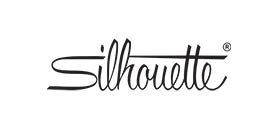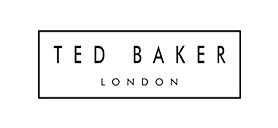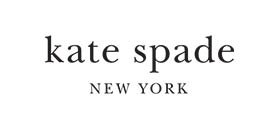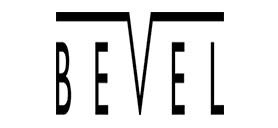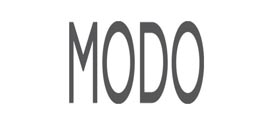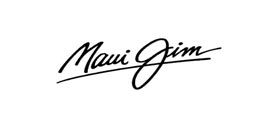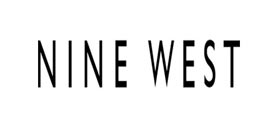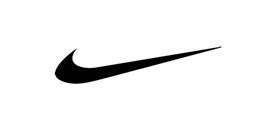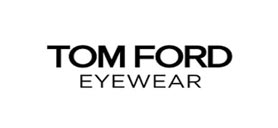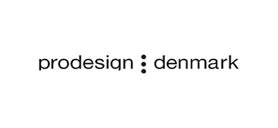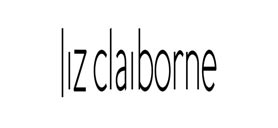Have you ever looked at your contact lens prescription and tried to understand it? Beyond taking a quick look at all those abbreviations and numbers, a lot of people don’t really pay any attention to them. The prescription for your contact lenses is in fact full of fascinating details about your eye composition and vision health.

Learning how to read it will help you understand your eyes better. Vienna Eyecare Center, your trusted eye specialist in the region, breaks out the key parts of your contact lens prescription.
The Three Main Components of Your Contact Lens Prescription
To function at their best, contact lenses must have the right fit, size, and strength.
- Base Curve (Fit) – Denoted by BC on the box of contacts, it refers to how well your lenses fit your eyes. This is listed either in millimeters or as “steep”, “flat”, or “median”. Lower numbers mean your contact lenses must have more curvature.
- Diameter (Size) – Denoted by DIA on the box, it shows how many millimeters your contacts should be. This number typically lies somewhere around 14mm, but it can change depending on how big the patient’s eyes are.
- Power and Diopter (Strength) – Sometimes called sphere, the power indicates whether you are nearsighted or farsighted. If a patient is nearsighted or myopic based on the eye exam, the prescription will have a negative sign preceding the number. Likewise, if a patient is farsighted or hyperopic, the number will have a positive sign in front.
These are just the main components of your prescription. The next time you have an appointment with your optometrist at Vienna Eyecare Center, talk about the numbers you find on your eyeglasses or contact lens prescription. This will help you a lot in determining the current condition or health of your eyes.
To schedule an appointment with your local eyeglasses expert, simply call us at (703) 688-7003 or complete our contact form. We serve patients in Fairfax, Reston, Tysons Corner, VA, and the surrounding communities.

